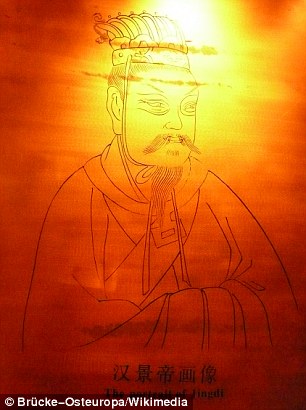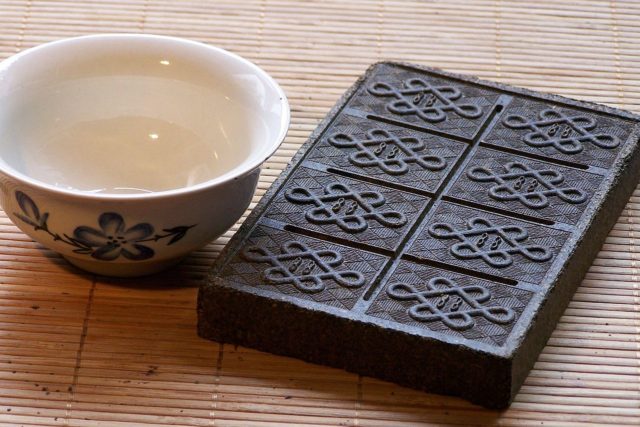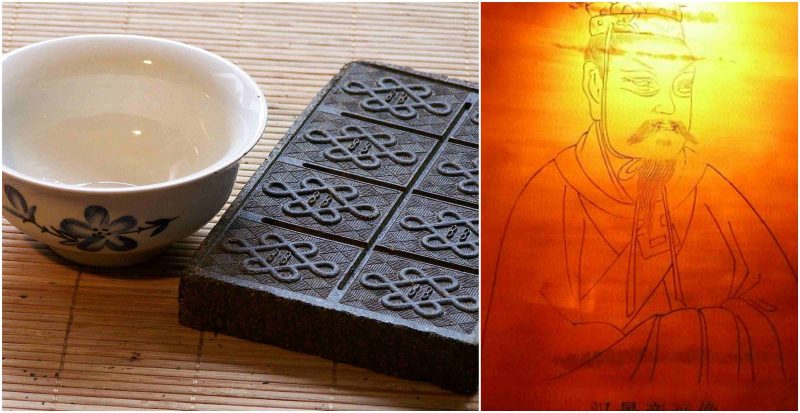Throughout the years, ancient burial tombs have been found with many odd items; for example, Egyptian tombs with their food and gold masks. Archaeologists have discovered the tomb of an ancient Chinese emperor who ruled more than 2,150 years ago. In the tomb, they found some of the world’s oldest tea leaves among the rest of his treasures.
Not only does the tea teach archaeologists about the burial rituals the people had, but the tomb of Jing Emperor Liu Q is one of the earliest pieces of evidence for the ancient Silk Road trade route that stretched across Asia from China to Europe.
The Silk Road is a name that was given to the trade routes between China and Central Asia. Although there were other goods traded than merely silk, the name was given to the trade route because silk was a major delicacy and a major trading good from China during the 7th century. Other goods that were traded on the route included cucumbers, figs, and pomegranates.
The archaeologists who discovered the emperor’s tomb in one of the burial pits surrounding the mausoleum Xi’an, Sha’anxi Province, China that was built for the emperor and his wife, found the tea buds or tips. The plant material had decomposed, but analysis revealed that it was some of the finest tea buds from the plant Camellia sinensis.

An archaeologist at the Chinese Academy of Sciences in Beijing, Dr. Houyuan Lu, said that he and his colleagues found similar tea remains in a tomb in Tibet. He added that the tomb where the tea was found dated to around 200 AD. This so far is the earliest evidence of tea being transported and traded.
Colleagues said that the tea was grown over 2,000 years ago in order to cater to the drinking habits of the Western Han Dynasty, before it spread towards central Asia. The findings mean that the Silk Road had passed through western Tibet at the time. Before the discovery of the tea in Emperor Jing’s tomb, the oldest record of tea was in a 2,000-year-old text.
The tomb was actually found in the 1990s, but today they have better technology to analyze the substance. The archaeologists used electron microscopes and mass spectrometry in order to identify the decomposed plants. The studies showed that the samples matched with modern-day green tea and contained high levels of caffeine. After discovering that it was, in fact, green tea, they examined materials found in the Gurgyan Cemetery in Nigari, western Tibet, which also showed the same results.

Tea is thought to have been introduced to Tibet between 625 AD and 680 AD when the Tan Princess Wencheng brought it as part of her dowry to the Songsten Gambo. However, some researchers believe that tea was introduced more than 400 years before then during the Zhang Zhung kingdom. This would have been about 500 years before the Southwest Silk Road through Yunnan.
Emperor Jing, who was the fourth emperor of the Western Han Dynasty, enjoyed the tea so much that he wanted to be buried with the large supply of tea leaves so that he could drink it in the afterlife. This emperor was a key figure in Chinese history after he crushed a rebellion and set the scene for his son, Emperor Wu, to rule. Jing ruled from 157 BC until his death in 141 BC. He was buried near the Han Yangling Mausoleum. There were more than 50,000 terracotta figurines and animals that were buried in his tomb along with the silks, weapons, and chariots.
